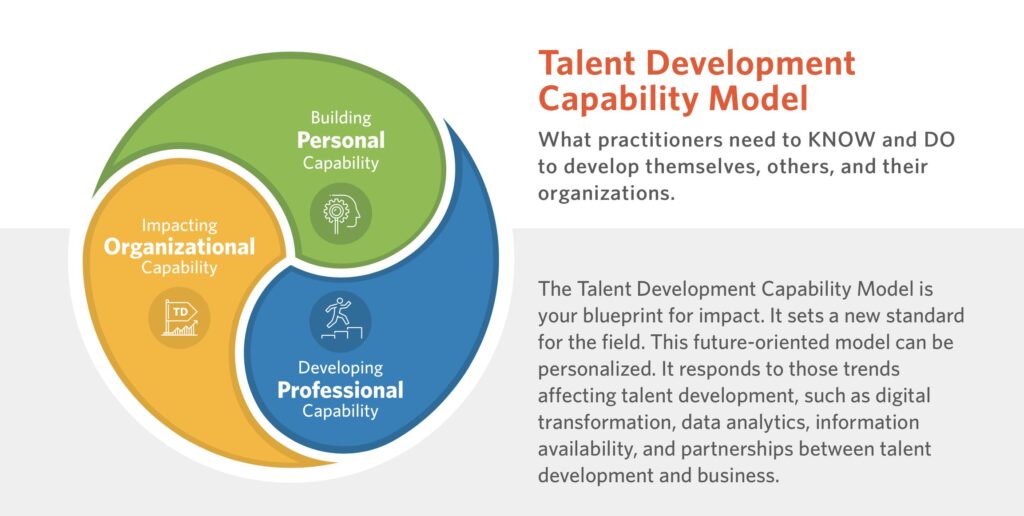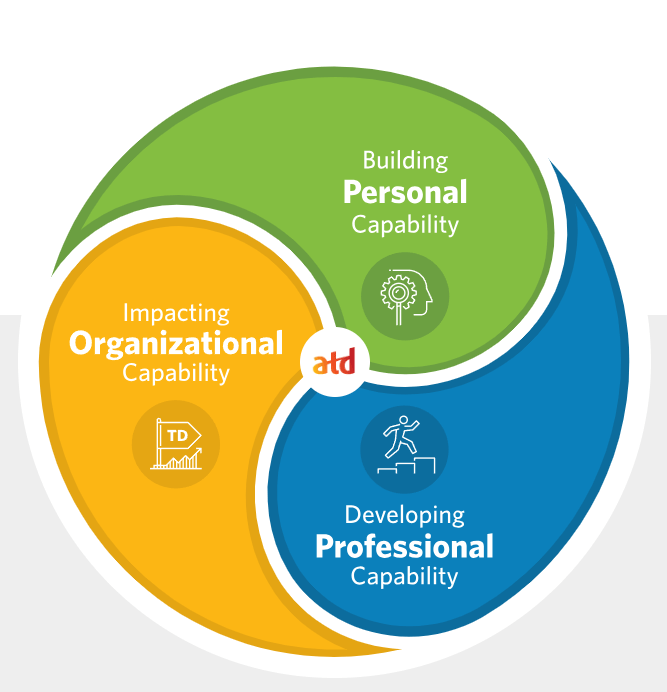In today’s dynamic and competitive business landscape, companies recognize the critical importance of nurturing and developing their talent. As organizations strive to stay ahead, the Talent Development Capability Model (TD Capability Model) has emerged as a strategic framework to guide companies in optimizing their talent development efforts. This model provides a structured approach to identify, nurture, and unleash the full potential of individuals within an organization. In this article, we will explore the key components of the TD Capability Model and illustrate its application through real-life examples.
Understanding the Talent Development Capability Model:
The TD Capability Model is a comprehensive framework that encompasses various elements critical for talent development. It is designed to align talent strategies with organizational goals, ensuring a symbiotic relationship between individual growth and company success. Let’s delve into the key components:

- Leadership Commitment: Successful talent development begins at the top, with leadership commitment being a cornerstone of the TD Capability Model. Companies that prioritize talent development invest in leadership programs that cultivate a culture of continuous learning and growth. For instance, IBM has a robust leadership development program that identifies and nurtures high-potential employees, preparing them for leadership roles within the organization.
- Learning and Development Programs: Effective learning and development programs are crucial for talent growth. Organizations like Google are renowned for their emphasis on continuous learning. Google’s “Googler to Googler” (G2G) program encourages employees to share their knowledge and expertise, fostering a culture of peer-to-peer learning.
- Performance Management: The TD Capability Model emphasizes the integration of performance management with talent development. Adobe, for example, has adopted a unique approach called the “Check-in,” replacing traditional performance reviews. This approach facilitates ongoing conversations between managers and employees, fostering a more agile and responsive approach to talent development.
- Succession Planning: Succession planning is a critical aspect of talent development, ensuring a smooth transition of leadership roles. Apple Inc. is a prime example, having a well-established succession plan in place. The late Steve Jobs handpicked Tim Cook as his successor, showcasing the effectiveness of a robust succession planning strategy.
- Career Development Opportunities: Companies that prioritize talent development provide ample opportunities for career growth. Microsoft, through its “One Microsoft” philosophy, encourages employees to explore different roles and departments, fostering a dynamic and adaptable workforce.
- Technology Integration: Leveraging technology is integral to the TD Capability Model. Salesforce, for instance, utilizes artificial intelligence (AI) in its learning platform to provide personalized learning experiences for employees. This ensures that the development initiatives are tailored to individual needs and preferences.

Conclusion:
The Talent Development Capability Model is a dynamic framework that empowers organizations to unleash the full potential of their workforce. By aligning leadership commitment, learning and development programs, performance management, succession planning, career development opportunities, and technology integration, companies can create a holistic approach to talent development.
Real-life examples from leading organizations like IBM, Google, Adobe, Apple, Microsoft, and Salesforce showcase the practical application and success of the TD Capability Model. As businesses continue to evolve, the ability to adapt and develop talent will remain a key differentiator in achieving sustained success in the ever-changing global landscape.











